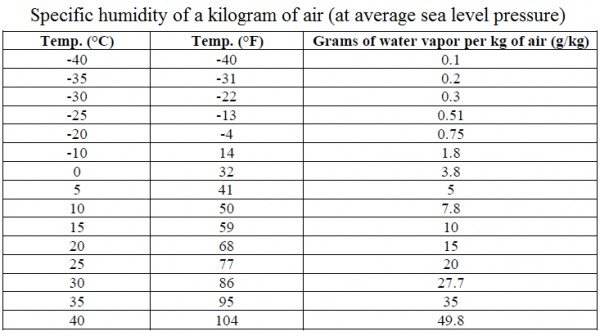Alaskan Sea-Duction
Guru
- Joined
- Jul 6, 2012
- Messages
- 8,057
- Location
- USA
- Vessel Name
- Alaskan Sea-Duction
- Vessel Make
- 1988 M/Y Camargue YachtFisher
No I did not pee in the bed.
As livaboards we found a livaboard issue the other day. Condensation on the bottom of our mattress. It is made of high density foam. We got everything cleaned up and asking how can we prevent this?
A friend of ours is telling us that there is a kit (?) to put under the mattress that creates an air cavity between the mattress and the bed frame. True? If so where can I get one?

As livaboards we found a livaboard issue the other day. Condensation on the bottom of our mattress. It is made of high density foam. We got everything cleaned up and asking how can we prevent this?
A friend of ours is telling us that there is a kit (?) to put under the mattress that creates an air cavity between the mattress and the bed frame. True? If so where can I get one?



